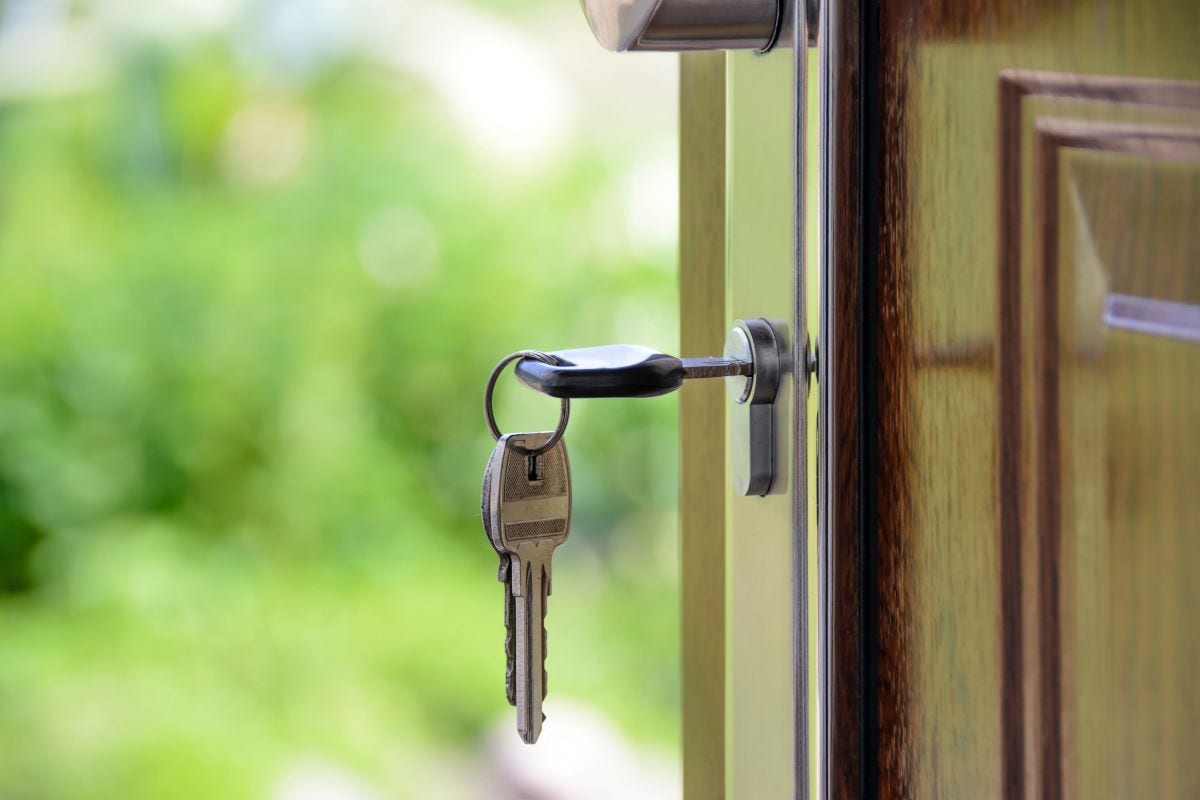We have a new and improved course search tool to help international students explore Australian study options. Find more information here

Students seeking shared accommodation commonly team up with other students to find a larger rental home together. If this sounds like a good option for you, it’s advisable to apply through a real estate agency. In doing so, you are protected by rental tenancy laws that will ensure you are treated fairly as a tenant.
The rental housing market can be quite competitive, so we’re here to help with five tips for getting started and creating a strong application.
1. Find compatible people to live with
Many international students live with housemates to share the cost of renting. You can team up with some fellow students, use your education provider’s housing service or off-campus networks, or search for housemates using online resources such as Flatmate Finders and Flatmates.com.au.
It is important to make sure that your lifestyles are compatible. If you enjoy a quiet household, but your housemates like to party and have friends over late at night – this might not be the right group for you.
You also want to make sure that your housemates understand and respect your need to study, and that they have a job, references and enough money to cover the rental bond (which is usually equal to the first four weeks’ rent) and ongoing rental payments. This will make your life easier and will also strengthen your rental housing application.
2. Search for homes within your budget
Living out of home can be expensive, especially when you first plan to move in. You will need to pay a bond and if you are going to rent an unfurnished house or apartment, you will also need to buy furniture. It is common to buy secondhand furniture on Facebook Marketplace which can sometimes be very cheap or even free. Alternatively, you can rent a furnished house or apartment.
When working out how much you can afford to pay for your rental home, make sure you factor in electricity, gas, water and phone bills, groceries and other general expenses on top of expected rental payments.
To help you figure out your overall budget, we have a cost of living calculator to help you estimate your costs.
3. Gather relevant documentation
Applications can take a long time to fill out and they require you to provide a lot of personal information. You will need to give copies of your identification such as your passport and ATM card. Other documents to include are:
Credible references
If you have any previous rental history, contact the real estate agent landlord from your last or current property to ask for a reference.
If you are employed, you will also need to ask your employer to act as a referee for you, to verify that you earn enough money to pay your rent. Make sure you ask their permission before adding their name and contact number to your application.
Another good referee could be a teacher or staff member at your education provider.
Other referees
If you don’t have any previous rental history, you can team up with someone who does! You could also find someone who will vouch for you, such as a friend or a family friend who you have stayed with and ask them to write a reference that states that you are a respectful and tidy person.
Pay slips
You will need to prepare your most recent pay slips. If you are a casual employee, try to provide a pay slip or two with a large number of work hours to prove that you make enough money to pay the rent. Providing pay slips is especially important if you have never rented before.
If you are not currently employed, your parents or a financial sponsor may be able to act as a guarantor. This means that they would make a legal commitment to pay for your rent if you are unable to.
Cover letter
Attaching a cover letter can help you stand out in a crowd of other applicants. You want this letter to show that you are responsible and will clean and maintain the house. You also want to show them a bit of your personality and to tell them how much you loved the home.
4. Be friendly at the inspection
Introduce yourself to the real estate agent and be friendly when inspecting the property. You could even ask a polite question or two about the property, in order to build rapport with the agent.
You don’t need to dress up for an inspection but it’s important that you look neat and presentable. This will help give the impression that you are a responsible person, that you are neat and tidy, and that you are taking the application process seriously.
5. Be ready!
It’s a great idea to have all of your application information ready, including copies of key documents and reference letters, so that you can apply for any rental houses you like as soon as possible. This is important as sometimes real estate agents decide on a tenant quite quickly and may receive a lot of applications as soon as they advertise a rental home.
Important note
It's important to attend an inspection of the rental home before applying. You need to make sure the listing is real and that the images and description are accurate. For example, the rooms might be smaller than they appear in the photos, or its location could be next to a loud building site.
Start the search
When you’re ready, visit realestate.com.au or domain.com.au and start your search. And make sure you know your rights as a tenant.
If you decide that applying for a rental isn’t right for you, then explore these other options.
From all of us here at Study Australia, we hope you settle into Aussie life and have fun with your new house mates!


